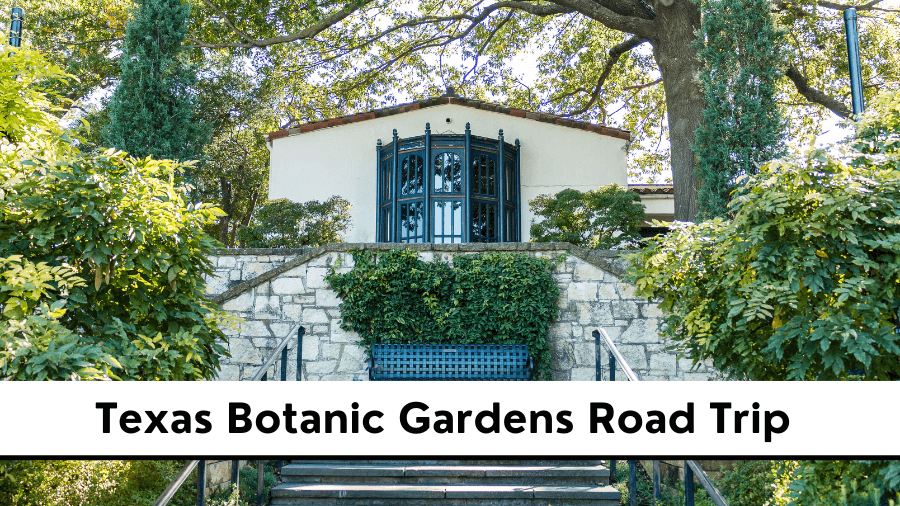Texas might be known for its big cities, barbecue, and endless highways, but here’s a little secret—it’s also home to some stunning botanical gardens.
We’re talking about lush tropical conservatories, massive cactus collections, hidden swampy trails, and flower displays so bright they practically glow.

Some of these gardens are right in the middle of busy cities, while others are tucked away in deserts, forests, and bayous where alligators might lurk nearby.
If you love road trips and don’t mind stopping to smell the flowers, this Texas botanic garden adventure is calling your name.
1. Fort Worth Botanic Garden
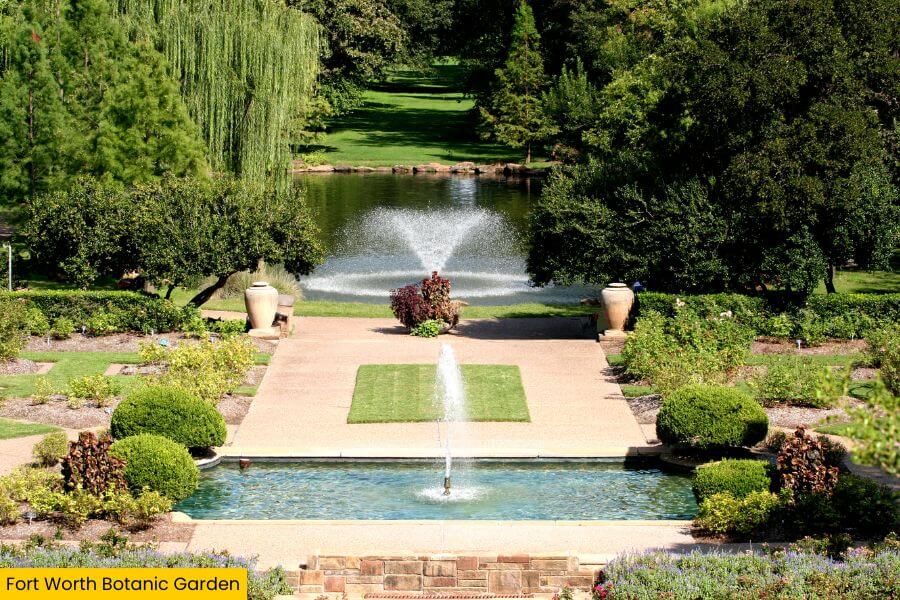
Fort Worth Botanic Garden in Fort Worth is Texas’ oldest botanic garden with 120 acres of lush greenery, colorful flowers, and winding walking paths.
It’s best known for its breathtaking Japanese Garden, where you’ll find koi-filled ponds, arched bridges, and maple trees that turn fiery red in the fall.
The Rose Garden is a total show-off in the spring, bursting with thousands of vibrant roses, while the Rainforest Conservatory has tropical plants and even a waterfall.
If you’re into rare and weird plants, the Begonia Collection features hundreds of varieties, making it one of the largest in the U.S.!
2. Dallas Arboretum and Botanical Garden
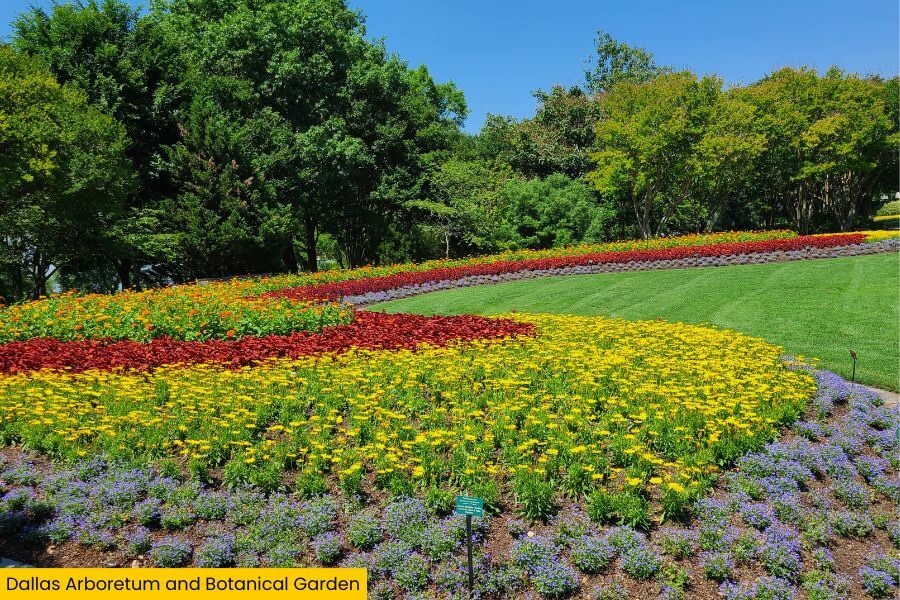
Just a 40-minute drive from Fort Worth, the Dallas Arboretum and Botanical Garden takes things to the next level.
It has 66 acres of jaw-dropping floral displays, perfectly manicured gardens, and unbeatable views of White Rock Lake.
Spring here is an all-out flower explosion, with 350,000 blooming tulips during Dallas Blooms, the biggest floral festival in the Southwest.
In the fall, the Pumpkin Village goes all-in with over 100,000 pumpkins, gourds, and squash stacked into wild, over-the-top displays.
For a little shade, wander through Crape Myrtle Allee, where towering trees form a dreamy tunnel that feels like walking through a postcard.
3. Shangri La Botanical Gardens
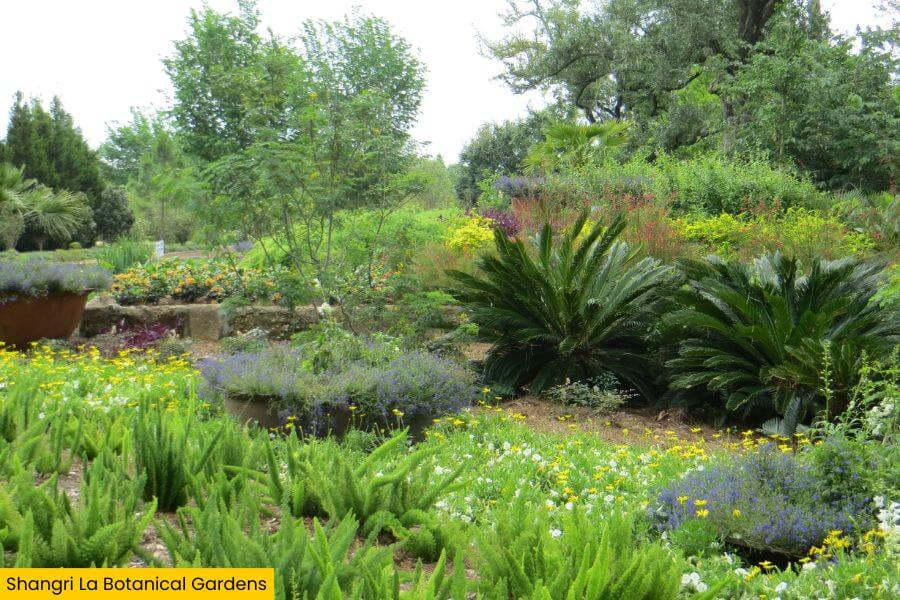
Heading east towards the Texas-Louisiana border, Shangri La Botanical Gardens in Orange feels like stepping into a secret world where nature runs the show.
Spread across 252 acres, this place has everything from carefully designed gardens to untamed bayou, with orchids in one area and alligators in another.
The garden’s Heronry Blind on Ruby Lake is a must-see, giving you a front-row seat to watch egrets, herons, and even the occasional roseate spoonbill doing their thing.
If you’re up for an adventure, hop on a guided boat tour through the cypress swamp, where the trees rise out of the water.
4. Mercer Botanic Gardens
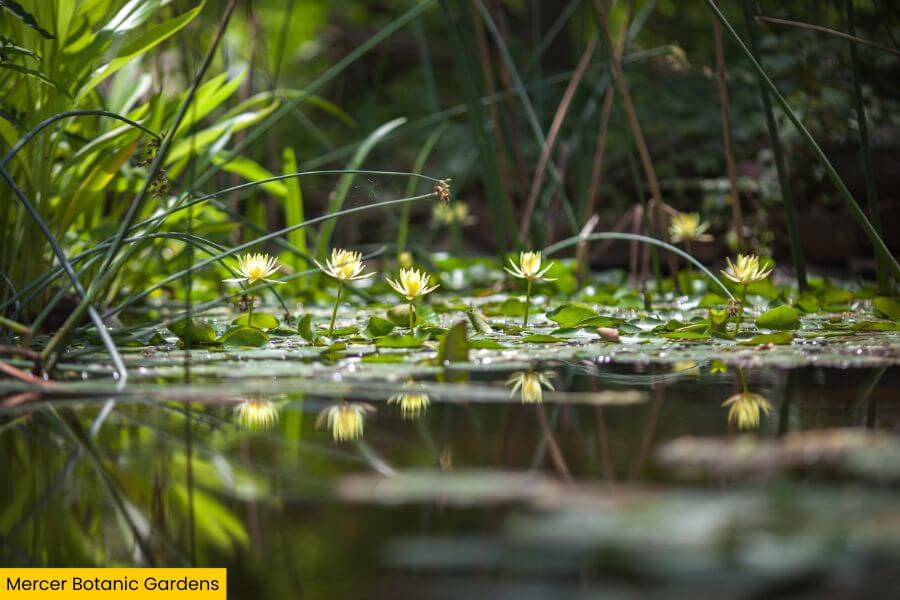
Just outside Houston, Mercer Botanic Gardens packs a serious punch with gardens and dense East Texas woodlands that feel like a hidden escape from the city.
The formal gardens are packed with bright azaleas, exotic gingers, and one of the largest collections of native and tropical plants in the state.
But the real magic is in the hiking trails and boardwalks, where you can see tall pine trees, turtles in the ponds, and maybe even a glimpse of a white-tailed deer.
And the best part? It’s completely free, so you can soak up all the botanical beauty without spending a dime.
5. San Antonio Botanical Garden
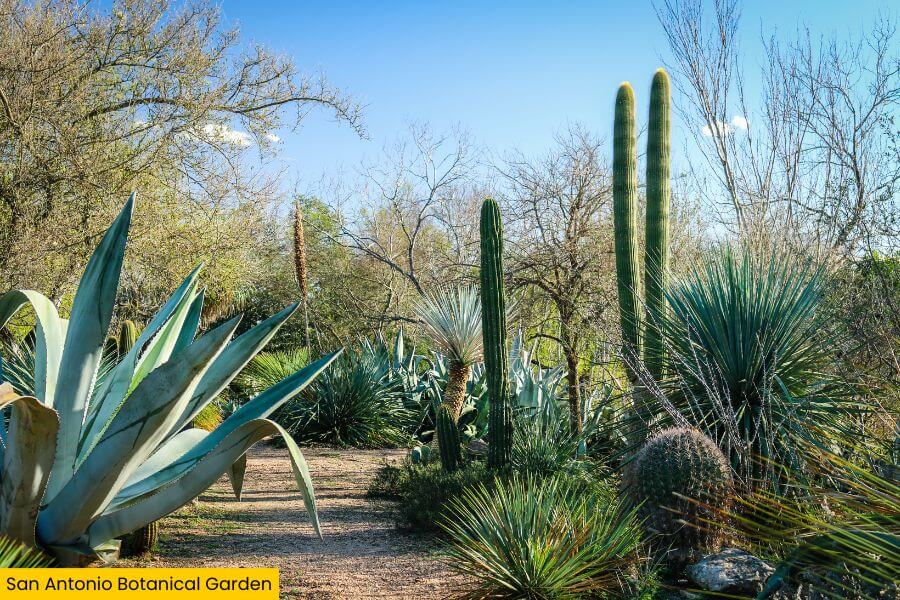
Down in San Antonio, the San Antonio Botanical Garden is a colorful mix of landscapes, exotic plants, and some cool architecture spread across 38 acres.
Explore the Texas Native Trail to experience the state’s botanical diversity spanning East Texas Pineywoods, Hill Country, and South Texas Plains.
For a total change of scenery, step inside the futuristic Lucile Halsell Conservatory, where glass pyramids house everything from rainforest palms to desert cacti.
And if you’re into cooking, don’t miss the Culinary Garden, where you can learn how to turn garden ingredients into drool-worthy dishes.
6. South Texas Botanical Gardens & Nature Center
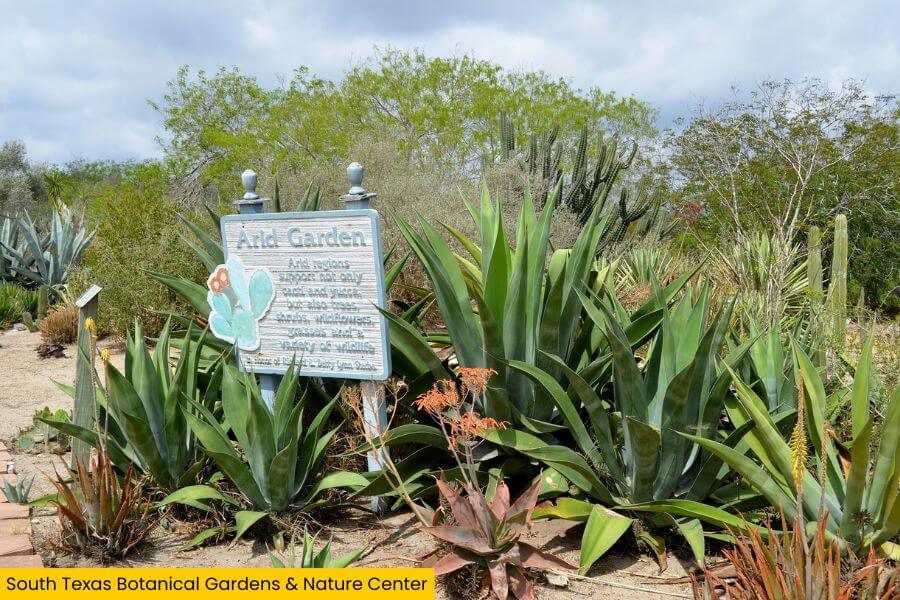
Heading down to the Gulf Coast, the South Texas Botanical Gardens & Nature Center in Corpus Christi is filled with gorgeous tropical blooms and native wildlife.
The Orchid House dazzles with over 2,000 orchids, making it one of the biggest collections in Texas, while the Butterfly House is filled with colorful wings.
This place is also home to rescued parrots and reptiles, so don’t be shocked if a chatty macaw says hello or you spot a tortoise wandering through the gardens.
To explore Texas’s wild side, hit the nature trails, where you’ll stroll through mesquite trees and spot coastal birds.
7. Chihuahuan Desert Research Institute
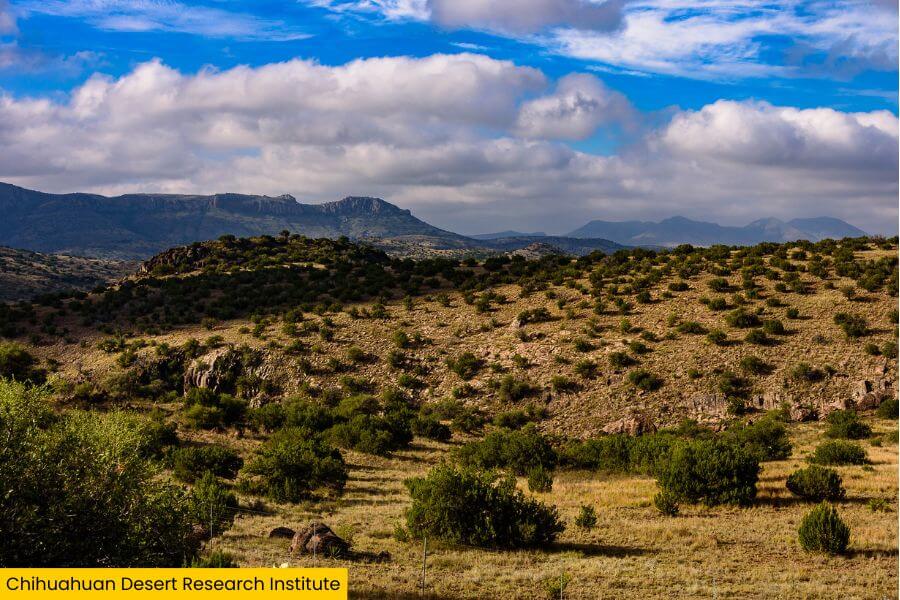
Way out in West Texas, the Chihuahuan Desert Research Institute flips the script on traditional gardens by celebrating the rugged beauty of desert plants.
The Cactus & Succulent Greenhouse is packed with over 200 species of spiky, strange, and surprisingly colorful plants, proving that the desert is anything but boring.
Outside, the 1.75-mile Modesta Canyon Trail winds through rocky canyons and hidden springs, showing how life thrives in one of the harshest climates in North America.
And if you’ve ever wondered just how massive an agave can get, check out the Desert Garden, where huge century plants and ancient yuccas make you feel small.
8. Lubbock Memorial Arboretum
Next up, the Lubbock Memorial Arboretum is a surprising green oasis in the middle of this wide-open, windswept region.
Spread across 93 acres in Clapp Park, it’s home to hundreds of native and adapted plants, from towering cottonwoods to bright, bee-friendly wildflowers.
The walking trails loop around a peaceful pond, where you can spot ducks, turtles, and the occasional great blue heron just chilling by the water.
Garden lovers will also appreciate the seasonal floral displays and well-tended landscapes that add a serious pop of color to Lubbock’s famously flat terrain.
9. Amarillo Botanical Gardens
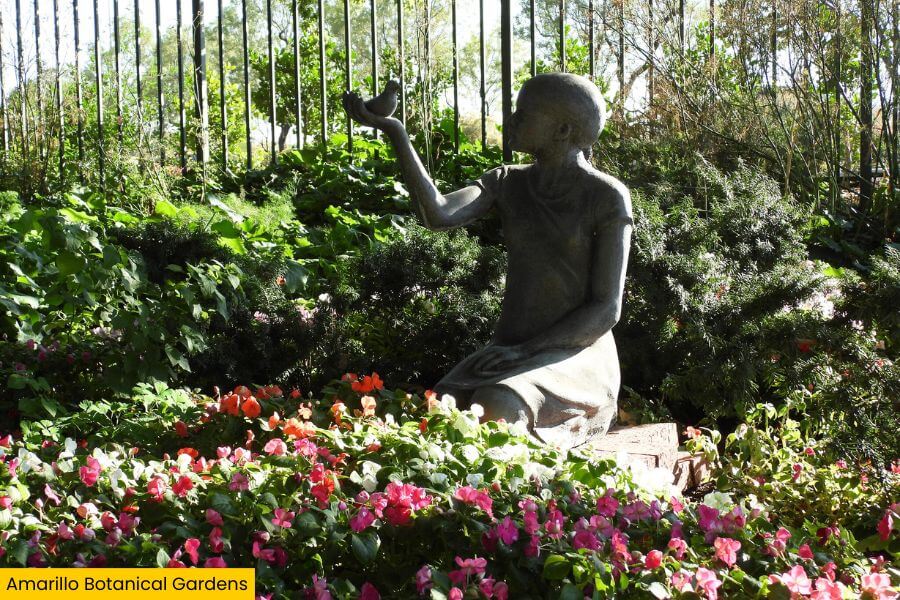
Way up in the Texas Panhandle, the Amarillo Botanical Gardens proves that even in a place known for tumbleweeds and windstorms, lush gardens can thrive.
The tropical conservatory is the star of the show, packed with towering palms, vibrant orchids, and even a waterfall—an unexpected sight right in the middle of Amarillo.
Outside, the gardens showcase hardy High Plains plants, with winding paths leading through colorful wildflowers and native grasses.
And if you’re visiting in winter, don’t miss the Christmas lights display, when the entire garden glows with thousands of twinkling lights.
Related Posts

